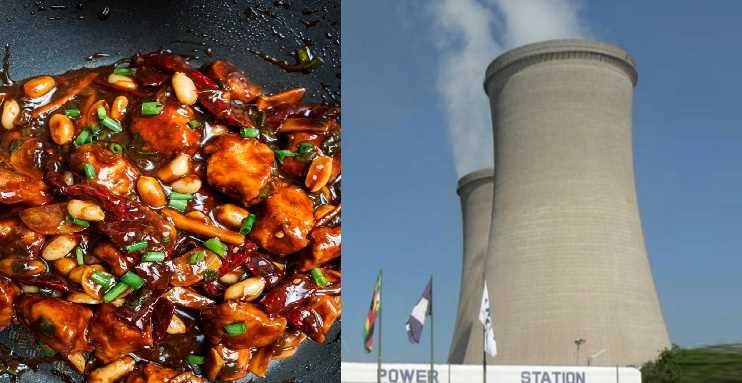
Monica Cheru-Managing Editor
Beijing-—April 18, 2025. And I find myself commemorating Zimbabwe’s Independence Day from the capital of China.
Quite an apt setting, as it happens; this day also marks 45 years of bilateral relations between Zimbabwe and China.
So, what do we have to show for this shared journey beyond treaties (read MoUs) and handshakes?
For food lovers like me, the most obvious answer is the Chinese restaurants strewn all over the better parts of Harare and a few in Bulawayo.
I recall Tommy, the Chinese gentleman I met during lunch at Harare’s Shangri La, the restaurant where I first experienced real Chinese cuisine.
Perhaps to make me feel better about my embarrassment at having to resort to a fork and knife, Tommy whispered to me that after 20 years in Zim, he would rather be scoffing sadza ne haifiridzi with his table tennis-roughened right-hand mitt.
Today, I can’t exactly claim the dexterity of a native at picking single rice grains with chopsticks, but I no longer have to worry about my fate if they are the only option in a life-and-death situation.
Then there was Alexio Kawara’s Shaina breaching the language barrier to garner millions of hits when performed by a Chinese singer while Chinese art troupes built a Zimbabwean fan base when they performed in the country.
But let’s not forget the concrete structures all over the country. Kariba and Hwange power projects. Roadworks. Mine. Industries.
We have seen Zimbabwean construction experts work alongside Chinese counterparts to bring to life things like Robert Gabriel Mugabe and Victoria Falls international airport upgrades.
The Parliament building in New Hampden (surely we can’t keep on referring to it as “new”—isn’t just steel and glass. This awesome gift from China was designed by architects from the two countries, connecting Zimbabwe’s heritage to its future.
“This is the most significant building I have ever seen… a heritage for future generations,” enthused President Emmerson Mnangagwa over the edifice.
Where would we be without Itel, Tecno Mobile, and other affordable mobile phone handsets to keep the leaked nudes, fake news, and occasional useful information zipping back and forth between Borrowdale, Engwanwini, Chiendambuya, and the diaspora peeps?
Related Stories
Huawei’s National Fibre Backbone is even helping the rural classrooms get with the program, making sure that the rural kids don’t get left behind on important matters such as choosing their side in the Jah Prayzah vs. Winky D wars and their educational endeavors, naturally.
As Chinese Ambassador Zhou Ding pointed out in 2023, “The Belt and Road Initiative offers a Chinese solution to global challenges… aligning with Zimbabwe’s Vision 2030.”
So my compatriots, while we might have issues with the walk for “Nyika inovakwa nevene vayo,” we can’t fault the talk, and the onus is on us to ensure that we take advantage of relations with China to build our small corners of the country.
Take the example of the rabbit and duck farmers who are quietly cashing in on the sizeable Chinese community in Zimbabwe. No loud quacks and fake PR hype. They are just doing and building their businesses on supplying demand.
While this friendship is as enduring as the symbolic meanings of Great Zimbabwe and the Great Wall, we are all aware of the challenges. Like all other partnerships, there is a need to work on pain points.
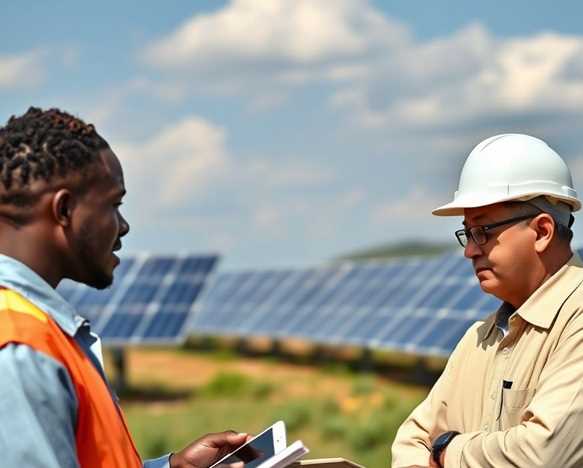
But there’s no reason we can’t work out more equitable development and beneficiation deals over a table spread of sadza and bok choy and a fiery Sichuan hot pot, right?
Back to me and the best part of my sojourn in China? It’s the discovery that yumi is just chibage by another name, and I can get hupfu any time I want here in Beijing.
So, while the thousands of Zimbabwean students studying in China have become experts at negotiating online stampedes to grab the few available- and wildly exorbitant home goodies like Mazoe and Cerevita, they have the comfort of knowing that they can whip up a pot of sadza any time they want.
And even better news? All the leafy green vegetable varieties that are as good as the tsunga, kale, rape, and choumolier of home. Those of you genuinely seeking viable business opportunities, here is a hint: canola oil is made from rapeseed. In a few years can debate the etymology of that unfortunate name for the tasty vegetable while you inspire others with how you started with convincing a few smallholder farmers not to uproot their rapeseed plants as soon as they start flowering.
Let me sign off to prepare a feast with the main dish being sadza ne haifiridzi using all Chinese ingredients, as I celebrate Zimbabwe’s independence right here in the heart of Beijing.
It is fitting to be joined by a few Chinese friends to partake of a Zimbabwean meal made in China today, as it also happens that this day marks a key milestone in Zimbabwe and China relations.
Happy Independence Day, fellow Zimbabweans. To my Chinese friends, bottoms up to 45 years of Zimbabwe-China relations and a wish for 450 more filled with mutual benefit and the realization of Chinese President Xi Jinping’s vision of shared prosperity and dignity for all.
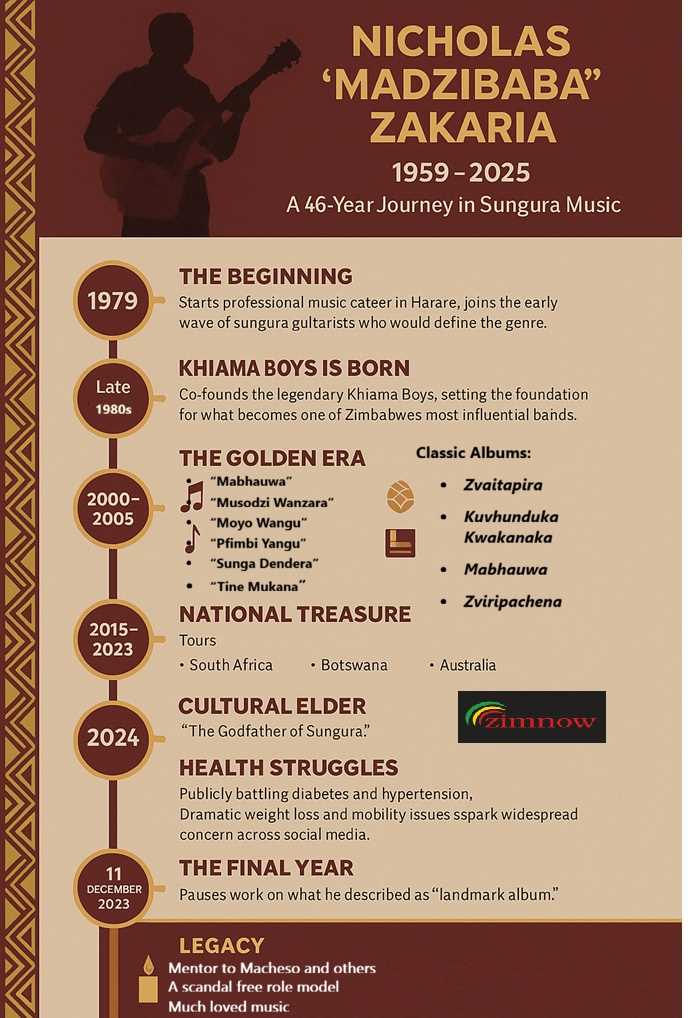









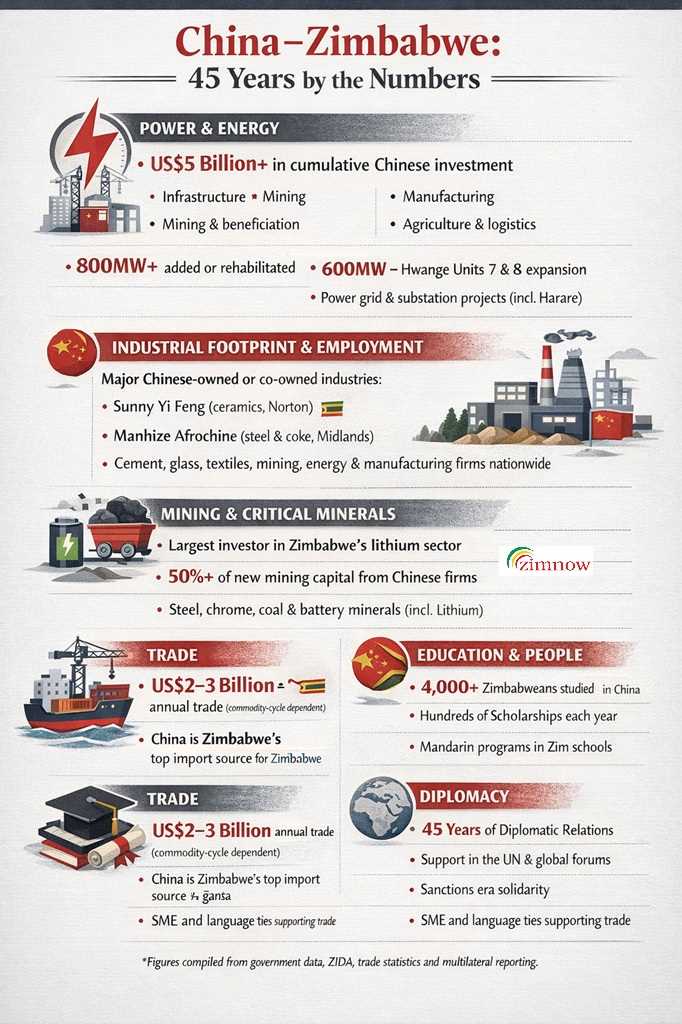

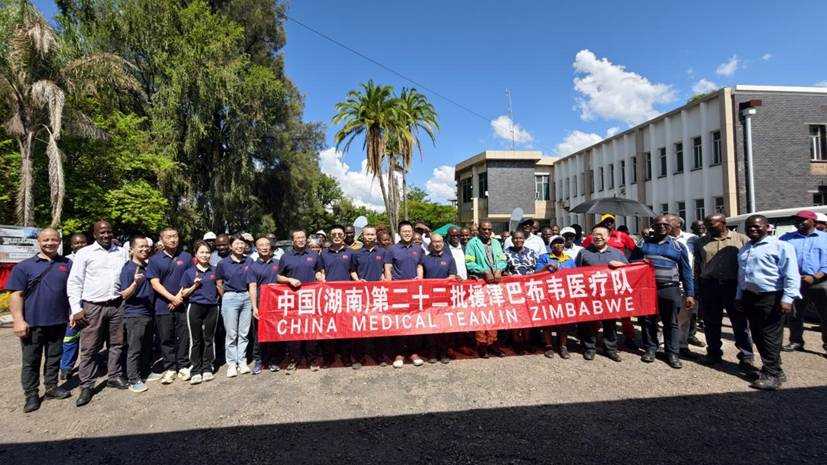



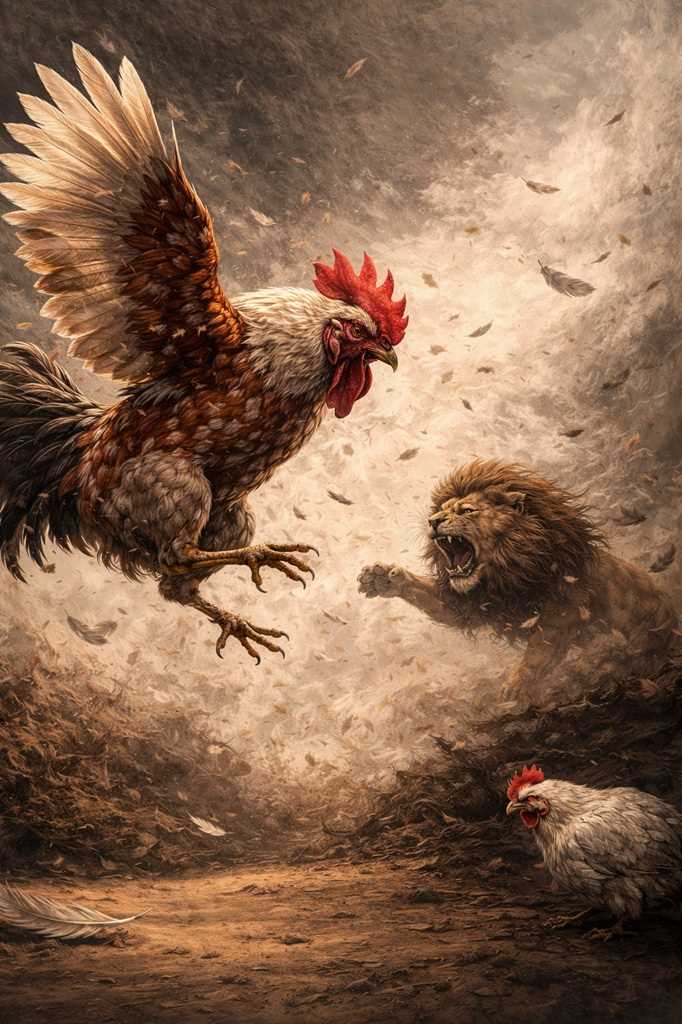



Leave Comments